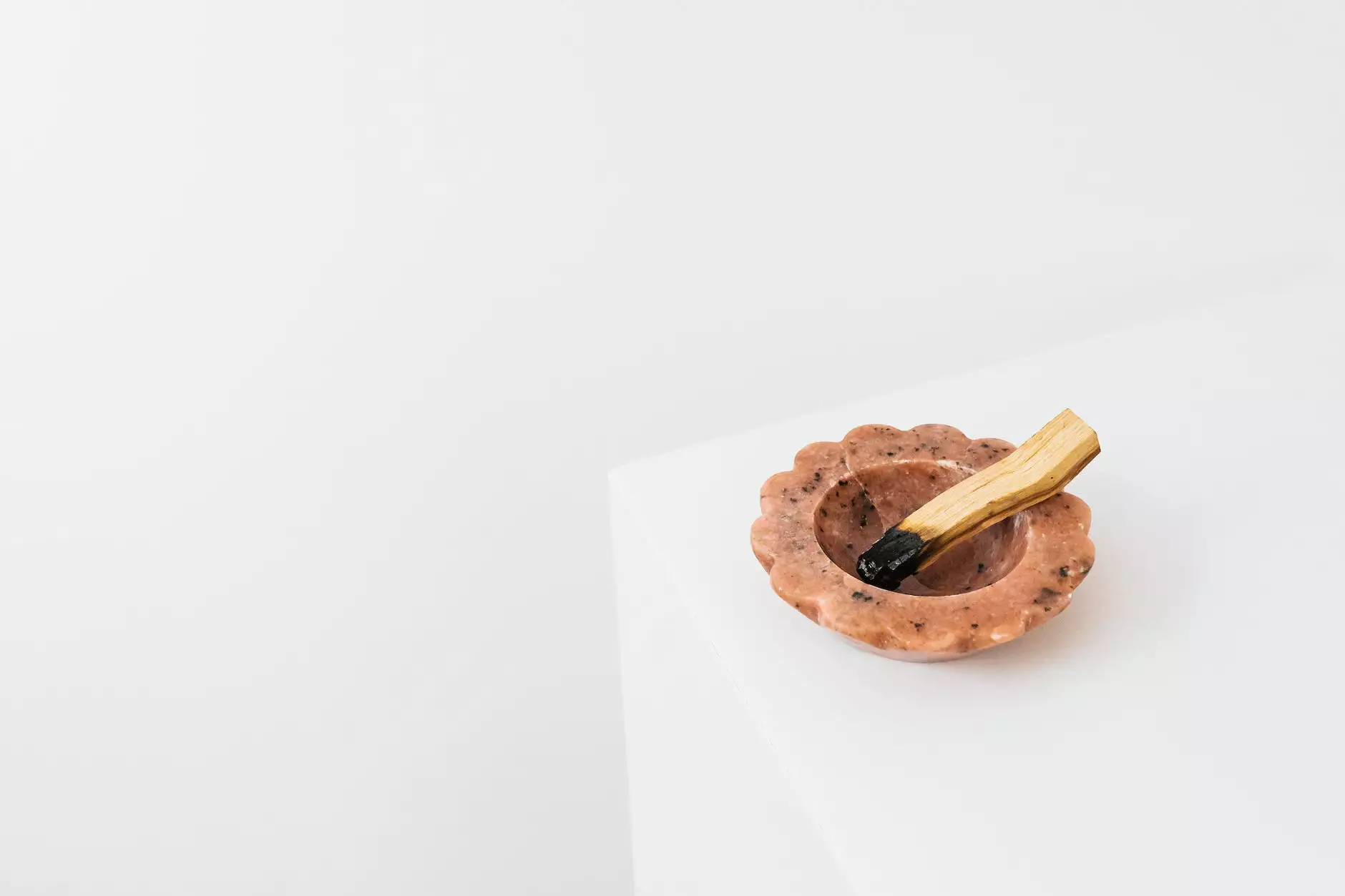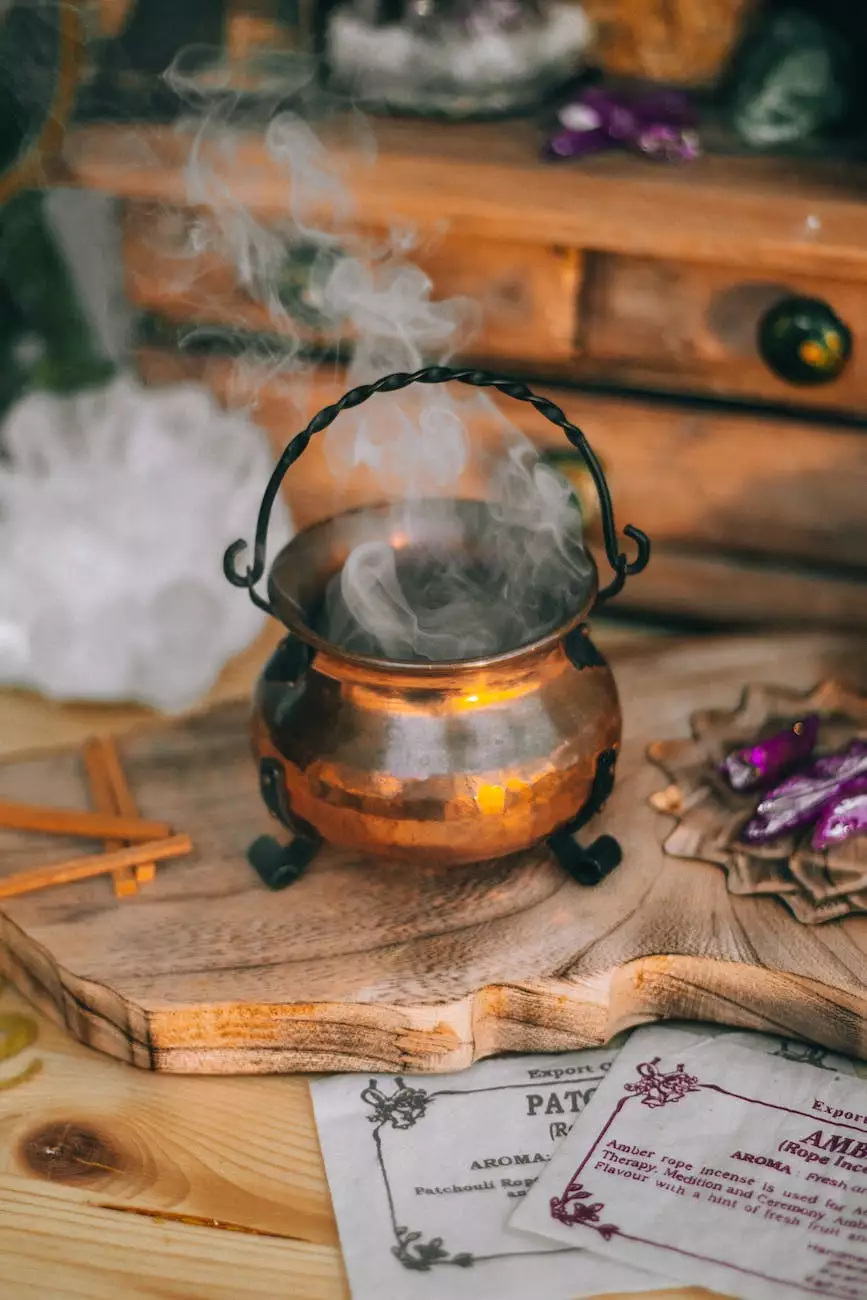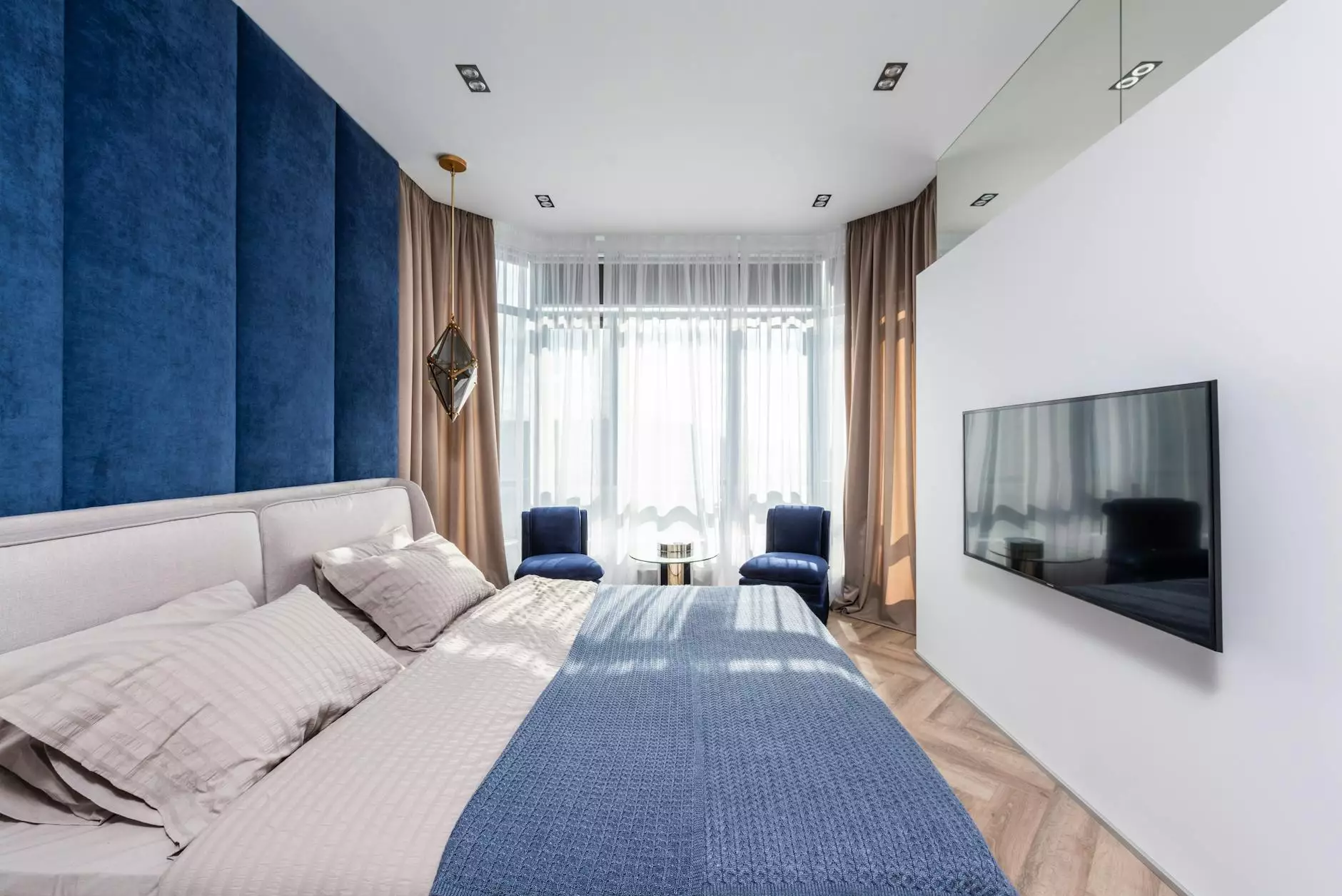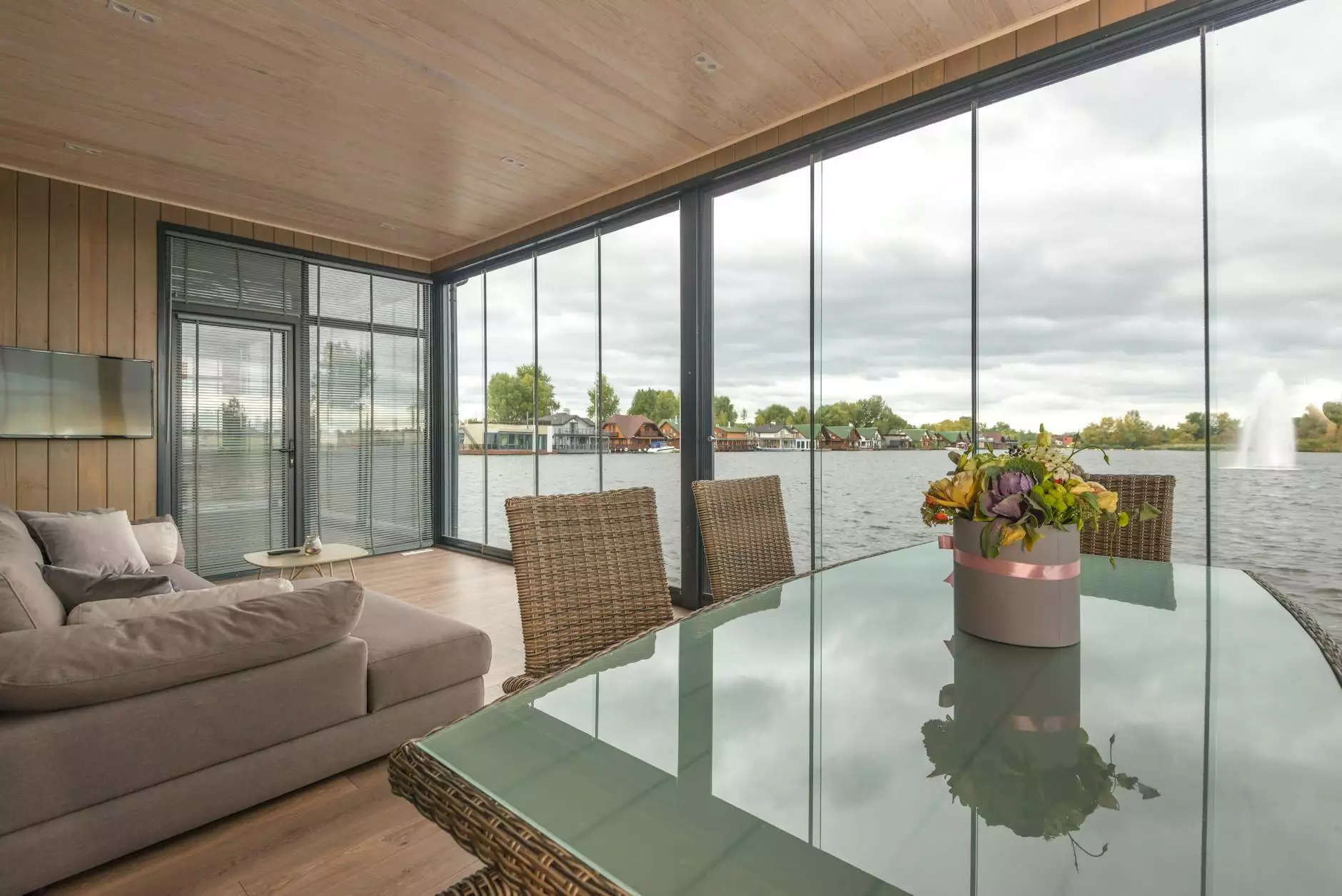Designer 101 - How to Choose a Paint Color
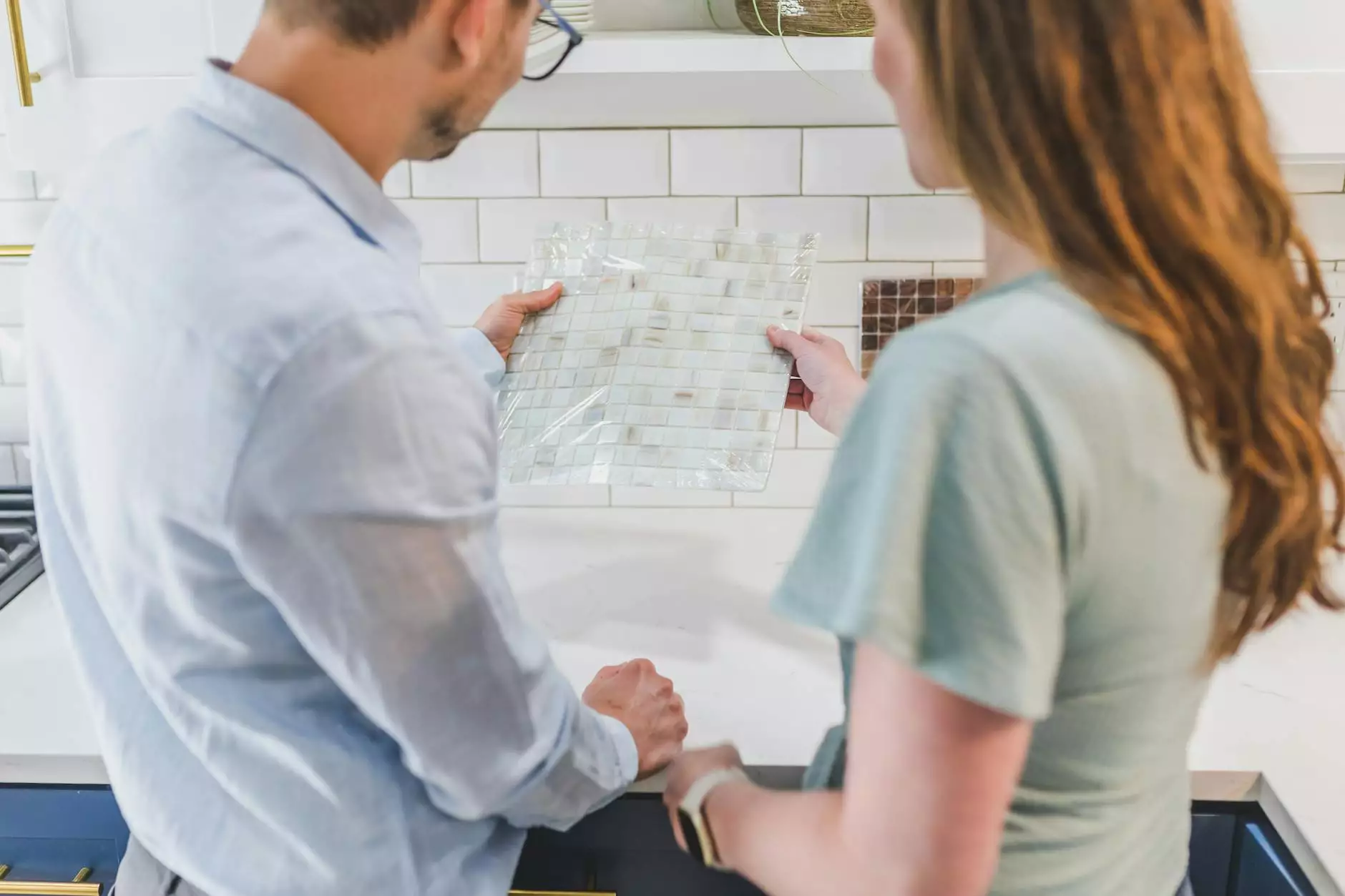
Introduction
Welcome to Frameworks, where design expertise meets your needs! Are you struggling to pick the perfect paint color for your home? Don't worry; we've got you covered. Our team of experienced designers and color enthusiasts is here to provide you with valuable insights, tips, and tricks to make the process a breeze.
Understanding Color Psychology
Before delving into the nitty-gritty of selecting a paint color, let's discuss the importance of color psychology. Colors have a significant impact on our emotions, behavior, and overall well-being. Understanding the psychology behind different hues can help you create a harmonious and inviting space.
The Power of Warm Colors
Warm colors such as red, orange, and yellow evoke feelings of energy, warmth, and excitement. They are perfect for creating a lively atmosphere in social areas like living rooms or dining spaces. However, using too much warm color can be overwhelming, so it's important to find the right balance.
The Serenity of Cool Colors
Cool colors such as blue, green, and purple are known for their calming and soothing effects. They work well in bedrooms, bathrooms, or any area where relaxation is key. Cool colors can make a space feel more spacious and tranquil.
The Versatility of Neutral Colors
Neutral colors like beige, gray, and white are timeless and highly versatile. They serve as an excellent backdrop for any design style and can easily adapt to different moods or trends. Neutrals are perfect for those who prefer a more understated and sophisticated look.
Finding Inspiration
Now that we have a basic understanding of color psychology, it's time to find inspiration for your paint color choices. Here are a few helpful sources to spark your creativity:
Nature's Palette
Take a walk in nature and observe the beautiful colors around you. From breathtaking sunsets to lush greenery, nature provides endless inspiration for creating harmonious color schemes.
Home Décor Magazines
Flip through the pages of home décor magazines to see how professional designers pair colors and create stunning visual combinations. Pay attention to different styles and gather ideas that resonate with your personal taste.
Online Platforms and Social Media
The digital landscape offers a plethora of design platforms and social media channels where you can find inspiration from interior designers and fellow homeowners. Explore popular websites and online communities dedicated to interior design for fresh ideas and color trends.
Testing Colors
Now that you have some inspiration, it's time to put your ideas to the test. Consider the following methods for determining which paint color suits your space:
Paint Samples
Head to your local home improvement store and grab a few paint samples of the colors you're considering. Apply them to your walls and observe how they look during different times of the day. Natural lighting can significantly affect how colors appear, so it's crucial to evaluate them in various lighting conditions.
Mood Boards
Create a mood board by collecting fabric swatches, paint chips, and images that inspire you. Arrange these elements together and observe how they interact. This method allows you to visualize the overall color scheme and see how different hues complement each other.
Virtual Tools
If you're tech-savvy, take advantage of virtual tools that enable you to preview different paint colors on your walls. Many websites and apps offer this feature, allowing you to experiment without the need for physical paint samples.
Making the Final Decision
After testing colors, it's time to make the final decision. Keep the following factors in mind:
Lighting
Consider the lighting in your space. If it's well-lit with plenty of natural light, you have more flexibility in choosing both light and dark colors. However, rooms with limited natural light may benefit from lighter hues to create a brighter and more open feel.
Room Size
The size of the room also plays a role in color selection. For smaller spaces, lighter colors can create an illusion of more space, while darker colors can add depth and coziness to larger rooms.
Existing Décor
Take into account the existing furniture, flooring, and décor in the room. The paint color should complement and harmonize with these elements to create a cohesive and visually appealing space.
Conclusion
Congratulations! You've now learned the essentials of choosing the perfect paint color for your home. Remember, selecting the right hue is a personal decision that ultimately boils down to your taste and the ambiance you wish to create. At Frameworks, we believe that every space has the potential to be transformed into a masterpiece, and the right paint color is just the beginning. Stay inspired, experiment fearlessly, and let your creativity shine!


